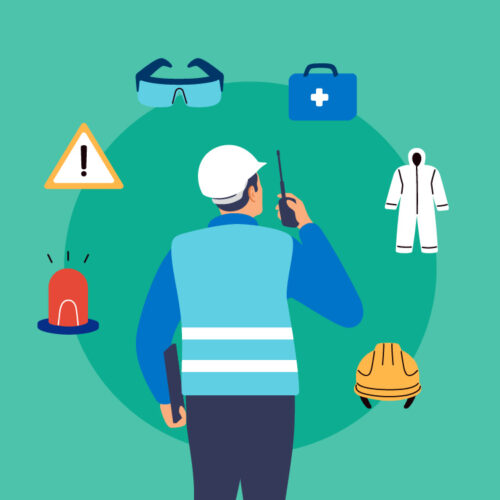
Accidents and emergencies can happen in any workplace.
Is your business ready and able to respond to such an event? If the thought seems disconcerting, don’t worry. There are steps that businesses can take to augment their response strategies.
Staying calm, ensuring adherence to plans and protocol, and enhanced follow-up are just three ways any enterprise can effectively and efficiently respond.
1. Stay Calm
This is a basic element of responding to any challenging situation. Staying calm is always key. Failing to do so can lead to poor decision-making and can potentially intensify the incident.
This can be easier if you have confidence in your colleagues and your organization’s response plans. Staying calm during an emergency is the best way to make sure that the right choices are made.
There are certain practices and tactics people can take to calm themselves, such as deep breaths, meditation and calming visualization. Having a sound approach and stable mind is key in tackling some of the issues in the workplace that can be quite complex and demand a great deal of your attention.
In some instances, an automated safety plan can be implemented to ease the burden of these events. Nevertheless, it is important for associates and staff to be able to function under pressure.
Learning how to stay calm and doing so in the event of an emergency can boost morale and reduce the likelihood of excessive damage.
2. Follow plans & protocols
Planning ahead with relevant regulations in mind and then following that plan if something goes wrong can go a long way to feel prepared and responding properly.
On a local, federal or organizational level, these directives are applied on a daily basis. Ensuring you are in compliance with these directives can prevent liabilities while also bolstering safety awareness.
Plans and policies often align with these directives, and abiding by them in a time of crisis is more often than not a strong way to confront circumstances that can seem quite overwhelming at the time.
By remaining calm and following all relevant procedures, you’ll set the stage for a successful follow-up and resolution process.
By making sure your safety program is in a top-notch state, you’ll set yourself up to deal with emergencies in the appropriate manner.
3. Follow up & resolve
Examining what causes incidents is key in preventing future problems. Following up with leadership and management afterward is a great way to determine what could be done better if the same event were to happen again.
In addition to examining the root causes, it is also critical to understand how those who were involved in the incident were affected.
You should break down what went right and what went wrong within the response strategy. These can help you build better practices and promote a collaborative safety culture.
Adequate safety preparation is an ongoing process. We’ve got a safety scorecard that will help you make improvements to your safety program. Download it here.



